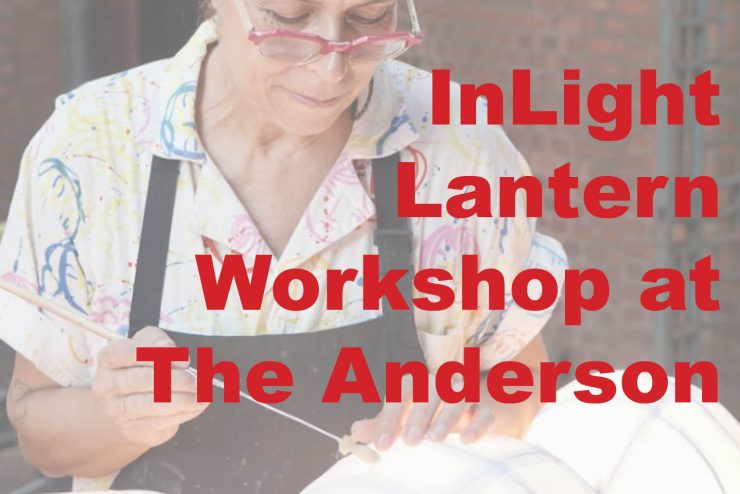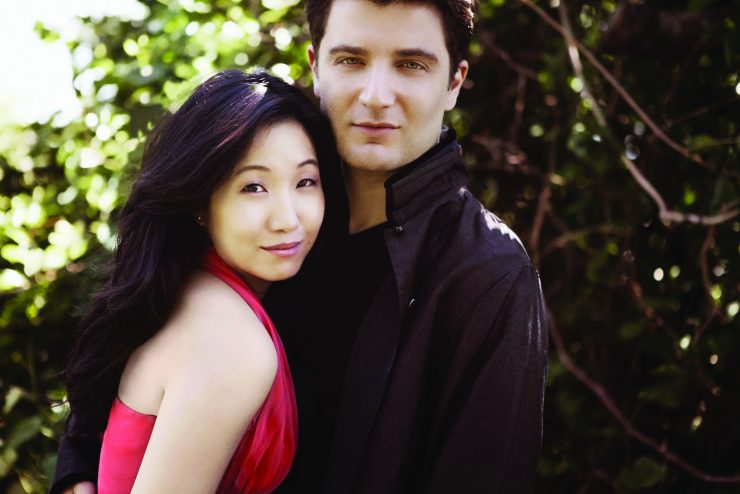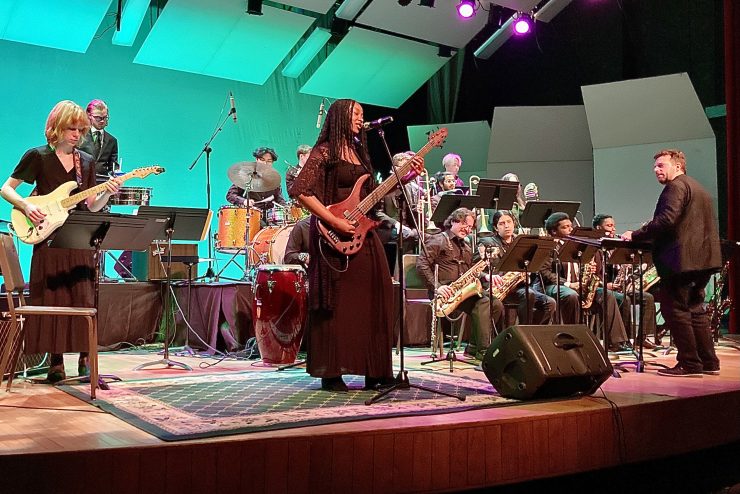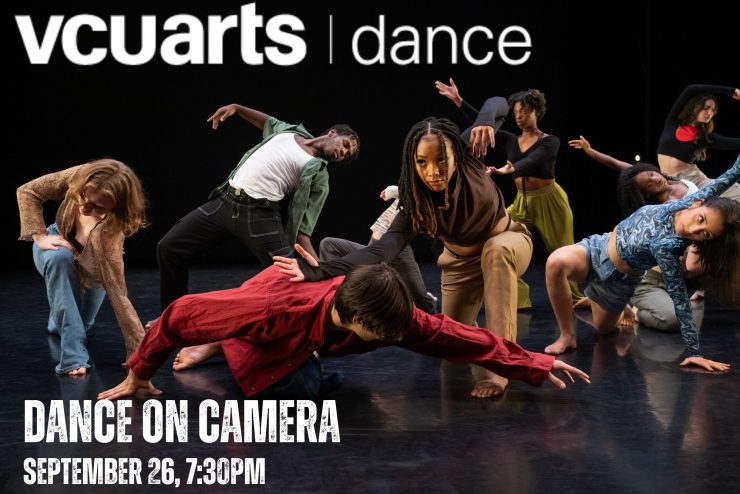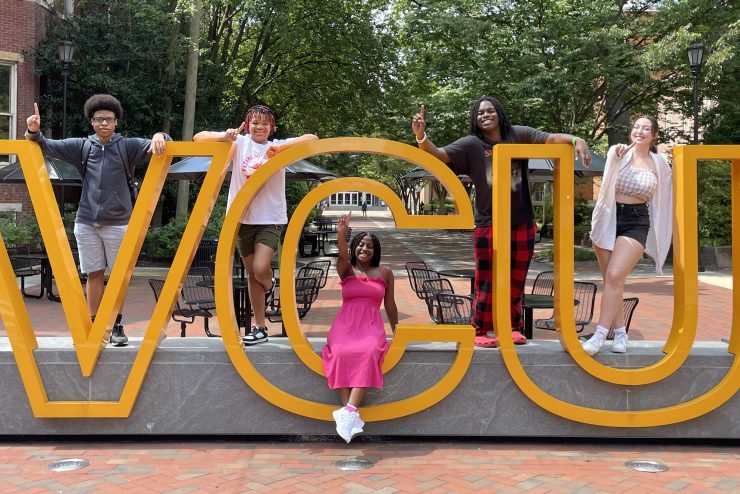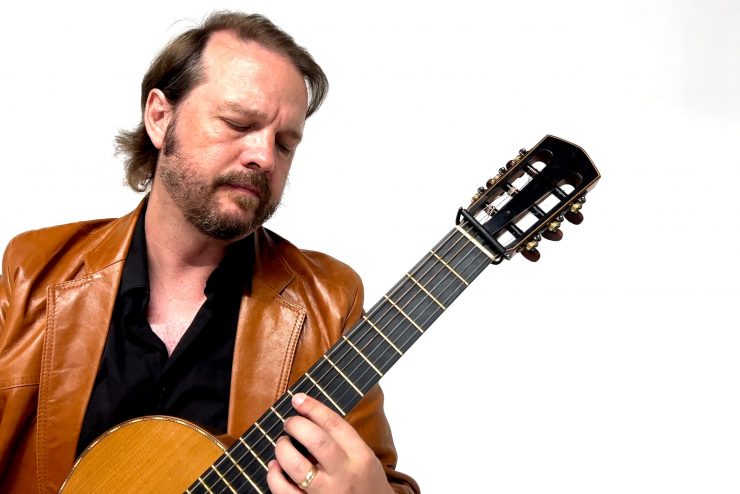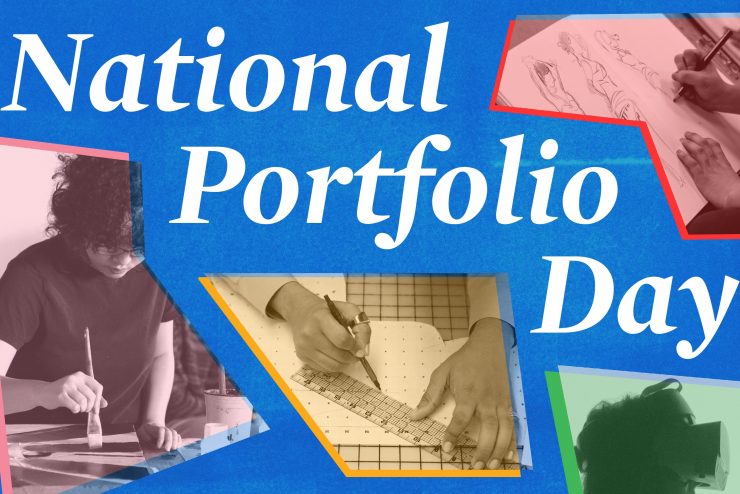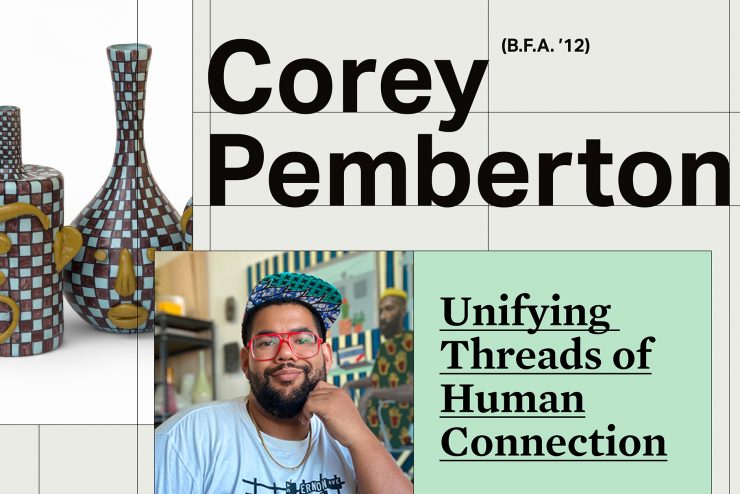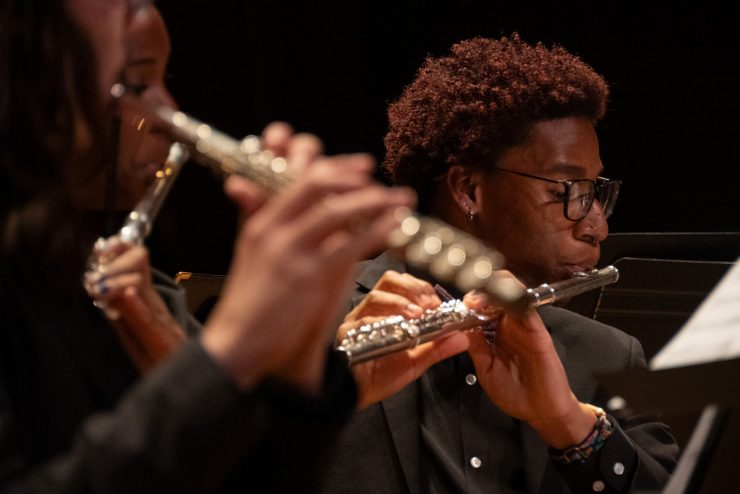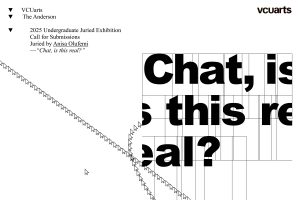
Selected by our Juror, the theme for the Fall 2025 Undergraduate Juried Exhibition is“Chat, is this real?”The theme is intended to inspire rather than limit – the Juror will take a broad interpretation of the theme and participants are encouraged to do the same. If you have a work you’d like to submit but are unsure about its relationship to the theme, submit it! The full thematic prompt is provided here:
PROMPT:
Chat, is this real?
What is now an ironic and increasingly ubiquitous phrase first began as a genuine inquiry—digital creators asking viewers in their livestream audience, aka “chat,” to confirm
whether or not the thing they just saw or read is real or fake. In 2023, famed Twitch and Youtube creator iShowSpeed went viral posing this question in reaction to clearly fabricated content, expanding both its usage and meaning beyond the predominantly Gen Z and Gen Alpha streamersphere, and into the everyday. The same can be said for chat itself, now a catchall term for addressing people, an individual or any perceived audience (search: why is my kid calling me chat?)
With the rise of Twitch and Tik Tok, the landscape of digital culture has grown more nuanced, ever-changing, and omnipresent. Trending livestreams and sounds (see: nothing beats a Jet2 holiday) serve as catalysts for cultural production and phenomena. Clips are appropriated infinitely into related and unrelated situations, activities and expressions—contexts are stitched and stretched to the point that origin often loses all relevance and just when you think a piece of content cannot possibly go any more viral, someone acts it out in front of you.
Today, the excess of cultural production within the url world regularly spills over and into irl interactions. Chat, is this real? leans into the consequential blur between clarity and incoherence, authenticity and artifice, facts and total nonsense. It asks, how does the memetic, hyper-relational nature of these new digital platforms—along with their rapid integration of AI bots—influence the way we listen, respond, and process in real life? Artists are invited to consider imitation and originality, projection and virality, relation and illegibility.
SUBMISSION GUIDELINES:
You will be asked to provide the following:
– Up to 3 works (see file size and format requirements below for details)
– A resume or CV
– An artist statement, up to 250 words, that will help the juror appreciate the meaning(s), material techniques, concepts and/or context of your work.File Size, Format and Upload Requirements:
Still Images or Text: PNG or PDF, no larger than 1MB
Video – files less than 10MB: MP4
Video – files larger than 10MB: link to video hosted on Vimeo (see below)
Audio – files less than 10MB: WAV
Audio – files larger than 10MB: link to audio hosted on Soundcloud (see below)
Web based: HTML files, GIF, or link to live contentVimeo – go to this link to upload videos:https://vimeo.com/upload
(remember that there is a cue period before your video goes live!)
Soundcloud – go to this link to upload audio:https://soundcloud.com/upload
EXHIBITION TIMELINE:
9/2 – Submission period opens
9/30 – Submission period closes
10/16 – Selected artists notified
11/13 – Juror lecture, juror awards announced, & opening reception of exhibition
12/6 – Closing day of exhibition
DELIVERING ARTWORK:
Students are responsible for delivering artwork that is install-ready to The Anderson at 907 1/2 West Franklin Street
JUROR AWARDS:
A number of scholarship awards including the Dean’s Award, Juror, and department-specific recognitions will be given out. Questions can be directed to: Sarah Irvin (seirvin@vcu.edu). To ensure a prompt reply, please use the subject line “UJE Question!”
ABOUT THE JUROR:
Anisa Olufemi M. (she/they) is a curator, writer and cultural worker dedicated to amplifying the work of underrepresented emerging artists—within and without arts institutions. Pulling at common threads between mother lands and chocolate cities, Anisa’s contributions as a cultural worker seek to illuminate, amend, and reimagine Black life pre- and post-emancipation. Their independent curatorial projects are often underpinned by critical fabulation that ponders such mother lands, and the possibilities of what they theorize as The Black Pastoral.
Looking to the South and the Caribbean, Anisa’s research is seeded by ancestral and contemporary Black cultural productions—in particular, those that center pleasure, caretaking, and faith. They are a co-recipient of Washington Project for the Arts’ Wherewithal Research Grant (2023) and 3Arts’ Ignite Fund (2022) for the development of The Gospel Truth: Sonic Architectures of Chicago House and Go-Go Music. To date, Anisa has mounted exhibitions in galleries, museums, and alternative art spaces in Washington, DC and Chicago, and presented research at various institutions including the Cincinnati Art Museum and the University of Oregon. They hold a Bachelor of Fine Arts from The School Of The Art Institute of Chicago. Anisa lives and works in Washington, D.C. They currently serve as the Director of Programs and Curator at Hamiltonian Artists.
Formerly known as Anderson Gallery, The Anderson reopened its doors in 2017 as VCUarts’s student-centric exhibition facility. Focusing on creative engagement and discovery, The Anderson is a laboratory where students can experiment with conceptual and practical strategies of art making and display.
“Slang has always evolved with the times. In the past, it grew out of vibrant communities, memorable pop culture moments, and a genuine need to fill gaps in language. But today’s slang is increasingly shaped by the internet—not just spread through it. From livestreams to YouTube comments to Discord servers, much of the lingo kids use now is curated by the online spaces they spend time in. Such is the case with the latest word: “chat.”
– Annabelle Canela, Why Kids Are Calling Each Other ‘Chat’. Parents.com
Poster Design: Zachary Montgomery

